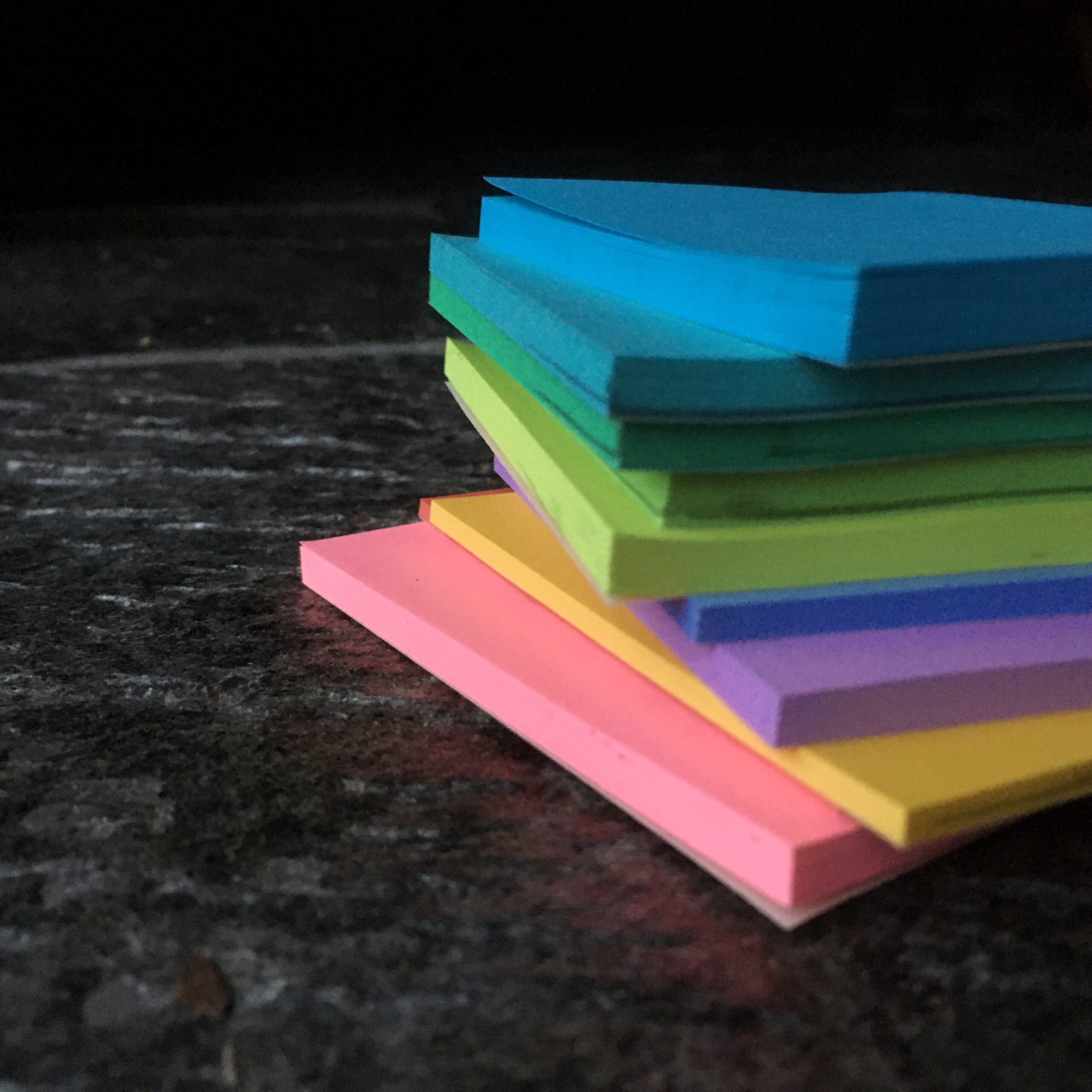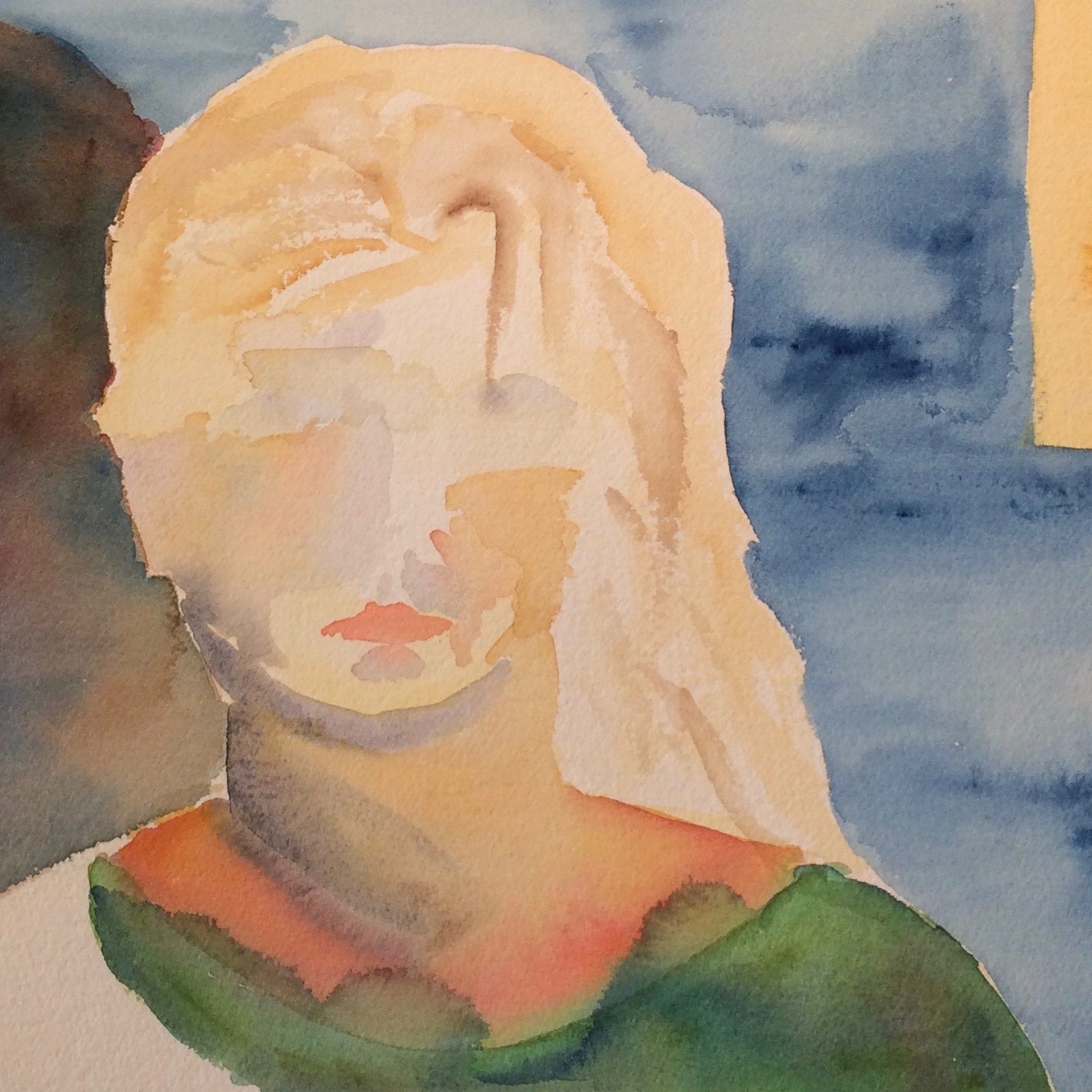Sometimes the search for the perfect writing technique seems like an impossible quest. It is. But also, it isn’t. Because the best writing technique is whatever works for you and your story right now. This means that the perfect writing technique is always changing and impossible to pin down. But it also means that if what you’re doing isn’t working, it’s time to try something else.
I learn by trying things, diving into techniques that other writers use, struggling with methods I’m convinced should work for me. Eventually I move on to a new technique or method. Sometimes I return.
I chide myself for wasting so much time with approaches that don’t work for me. Sometimes I worry that I’m just bouncing from one shiny new possibility to the next. But all this bouncing around has made me better at recognizing what is not working.
That’s the key—recognize what is not working.
Because there is no perfect creative technique that works all the time. There is only the technique that will work in this moment. Sometimes that means sticking with something that doesn’t seem to be working because you sense truth or beauty lurking within. Like on an evening when you’re exhausted and haven’t written and have no heart for it, but convince yourself to roll pen across paper for just twenty minutes. It’s a way of staying connected to the creative process, even when it doesn’t feel like it’s going anywhere.
This is how I felt about writing an Inside Outline1 for Jacquard’s Flight, my novel in progress. I am most naturally a discovery writer, but intellectually and practically I recognize the value of a well-crafted outline. So despite much frustration and the huge detour I felt it took me on, I was determined to conquer that Inside Outline. I am by no means proficient at it now, but I’ve learned it well enough to use it when I want to—when it is just the right tool at just the right point in the process.
Nutshell Technique
There are other times when a shiny new method is just what I need. I recently encountered one of these moments when I was working on clarifying Jacquard’s character arc. I had been itching to create some sort of visual tool to help me along. Supplies were gathered on my table: newsprint, colored gel pens, brightly-hued Post It notes. And then I watched a Film Courage YouTube video2 interviewing Jill Chamberlain. She talked about her Nutshell Technique for plotting screenplays using a visual chart.3 The chart allows her to quickly spot how the major story points are interacting.

It was just what I was looking for. I spent a day recreating her chart on newsprint so I could use Post-It notes in the blank spaces. Then I scribbled and stuck and unstuck notes, happily experimenting with the big picture in fun colors.
What I love most: Chamberlain’s Nutshell Technique describes clear visual relationships among story pieces that are far away from each other in a normal outline. (If this sounds like something you might like, see the links below for Film Courage’s series of interviews with Jill Chamberlain and her downloadable chart.)
My fascination with the creative process doesn’t always serve me well, especially if I measure progress by the number of projects I’ve completed. But refining my process and tuning my creative instincts has always helped me in the long run. More finely-tuned instincts allow me to recognize when something isn’t working, and to better understand what will work when I come across it.
Do you have a writing technique you return to again and again? I’d love to hear about it.
NaNoWriMo update
I’m checking off my goals and sticking to my schedule, but I will admit I’m losing steam. I’ve almost caught up with where I should be word-wise, which is fun considering I didn’t expect to write 50,000 words this month. Despite a marked lack of enthusiasm on my part, I’m trying to focus on getting the job done. Once I get my head into a writing session I’m usually fine, it’s getting my head in the right place that can be challenging.
Footnotes & Links
1The Inside Outline
The Inside Outline is a tool developed by Jennie Nash to help writers pin down their stories. Jennie Nash is also the founder of Author Accelerator, which trains and certifies book coaches as well as matching them with writers.
2Film Courage on YouTube
Film Courage is a great channel. It focuses on screenwriting, but much of what they discuss applies to novels and other types of storytelling. Here’s a link to the series of interviews they did with Jill Chamberlain.
3Jill Chamberlain’s Worksheet
Jill Chamberlain is a script consultant, teacher and speaker who knows a lot about story structure. She offers free downloads of her story charts on her website.

